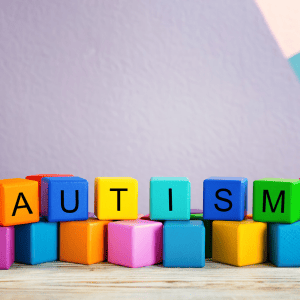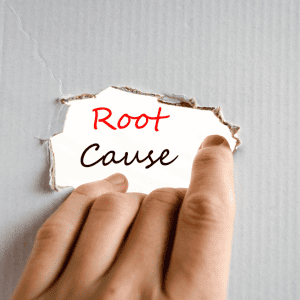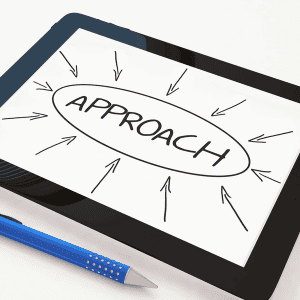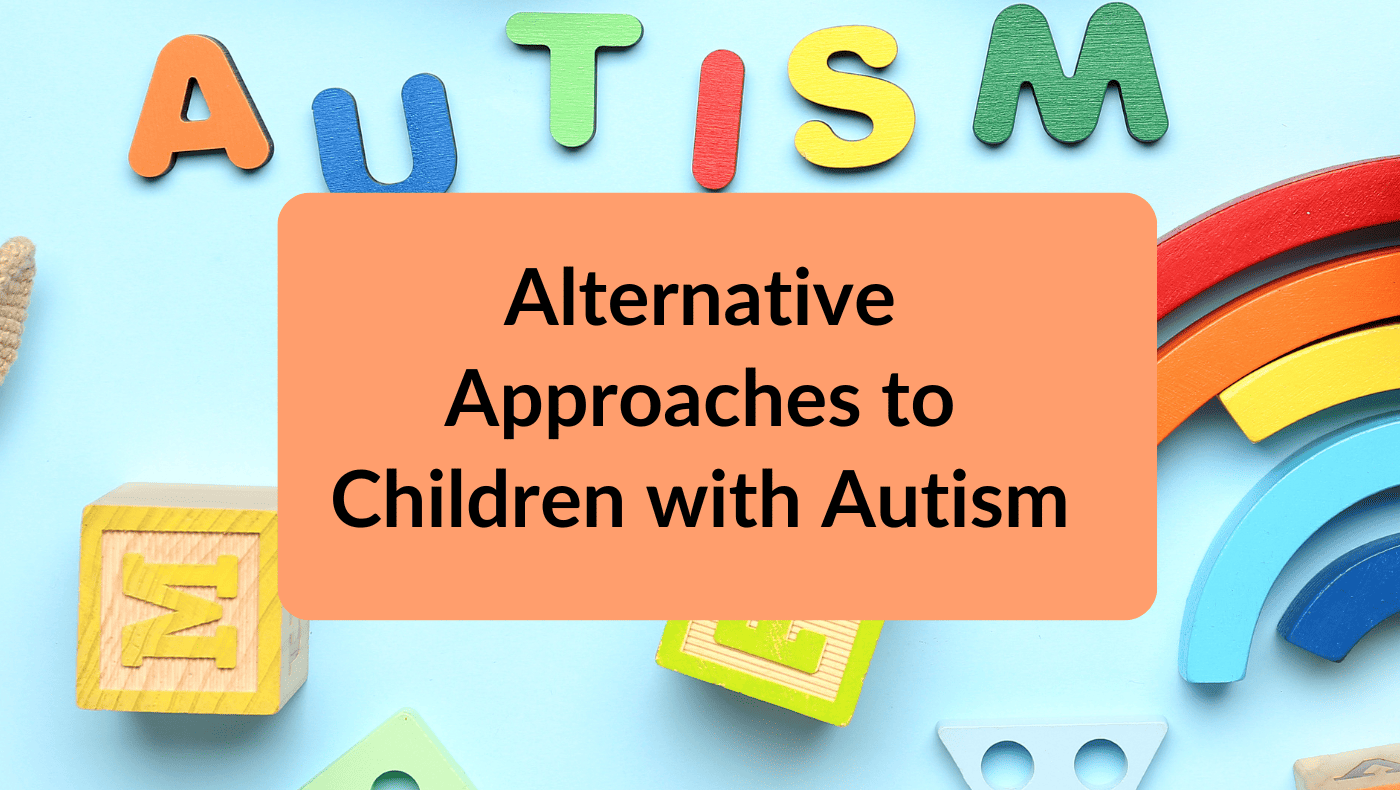Last updated on October 2nd, 2024 at 07:51 am
Thinking Outside the Box: Alternative Treatments for Autism
Did you know that as of 2023 the rates of autism are now 1 in 36 children? With the ever-increasing rates of autism and an increase in understanding of its diagnosis, there is a growing need for more comprehensive support for children with autism. In this blog post, I’ll explore why thinking outside the box and using alternative approaches for children with autism might be the very thing that changes your child’s life for the better when it comes to autism symptoms.
What Is Autism?
 Autism is a broad range of neurodevelopmental disorders characterized by difficulty with social interaction, communication, and behavior.
Autism is a broad range of neurodevelopmental disorders characterized by difficulty with social interaction, communication, and behavior.
The causes of autism are still unknown but growing research has identified environmental factors to be contributing to this developmental disorder.
With the growing rates of autism, it is more important than ever before to help kids being diagnosed with autism gain the best possible life.
Traditional Autism Therapies and Their Benefits
When it comes to therapies for autism, there are many traditional therapies that are oftentimes provided to children with autism.
These therapies include Applied Behavior Analysis (ABA), Speech and Language Therapy, Occupational Therapy, Physical Therapy, Social Skills Training, and more.
Each of these therapies has its own unique benefits to help children with autism gain skills they need in order to live a life that is as close to their peers as possible.
For example, ABA Therapy focuses on teaching new skills, reducing problem behaviors, and improving language and communication.
Speech and Language Therapy helps to improve a child’s ability to communicate in both verbal and non-verbal ways.
Occupational Therapy works on helping children with autism develop their fine motor skills as well as playing, learning, completing everyday activities, and increasing social interaction.
Physical Therapy helps to strengthen the body and improve balance, flexibility, coordination, and posture.
Social Skills Training focuses on helping children with autism learn how to interact in social situations as well as develop better problem-solving skills. This can help them more easily form friendships and participate in activities that their peers enjoy.
Each of these therapies is beneficial to children with autism when used in combination with others.
The Need for Alternative Treatments for Autism
Traditional therapies are the therapy options that are most commonly used to help children with autism.
However, alternative approaches have been proven to be even more effective and can provide a more comprehensive approach to helping children with autism long term.
Alternative therapies such as focusing on a root cause approach, have proven time over time to be effective in helping children with autism.
 This approach focuses on understanding the root causes of the negative behaviors and symptoms that oftentimes come along with kids on the autism spectrum.
This approach focuses on understanding the root causes of the negative behaviors and symptoms that oftentimes come along with kids on the autism spectrum.
There are limitations when you only focus on traditional therapies. Most traditional therapies ignore the underlying causes.
What I really enjoy about adding alternative therapies is that they can be done with alternative options.
Here are a few things that you should know about alternative therapies:
- Alternative therapies provide a more comprehensive and long-term approach to helping children with autism.
- Alternative approaches can also be used in tandem with traditional treatments, giving parents a better chance of providing their child with the best possible outcome.
- Alternative therapies not only focus on the symptoms but look to identify underlying issues that could be causing them, which often leads to greater success.
Think outside the box: Exploring Alternative Approaches to Children with Autism
There are so many alternative approaches out there that can be beneficial to your child but I want to focus on one that all kids will benefit from regardless of the diagnosis and that is; cleaning up their environment, the food they eat, and removing toxins.
These are some of the most important steps toward helping your child with autism.
● Diet: Food has a profound effect on our bodies and minds. Therefore, it is essential to look at what your child is eating and see if any dietary changes need to be made. Eliminate processed foods, artificial sweeteners, and colorings as much as possible. Focus on organic fruits, vegetables, nuts and seeds, eggs, meats, etc.
● Environmental changes: environmental changes involve cleaning up your child’s surroundings. Make sure they are not being exposed to toxins that can worsen their symptoms. Focus on reducing electromagnetic radiation, artificial fragrances, and environmental pollutants as much as possible.
● Toxins: Toxins come from a lot of different sources and most kids are already exposed and overloaded with toxins. These can include heavy metals, chemicals, and pesticides. Detoxing your child’s body using natural methods or saunas is a good way to reduce toxins in the body.
Thinking outside the box and using approaches that are not traditional medicine is key in treating autism.
Even if the mainstream medical community is not supportive when it comes to alternative therapies, I feel they should be promoted in addition to traditional therapies because they can be effective in improving a child’s overall health and well-being.
Take a chance and think outside the box. Try something new.
There are many things out there that may end up being beneficial to your child in the long run.
Exploring Alternative for Autism Treatment
You might be wondering what is the value in exploring alternative therapies for your child at the same time as traditional ones.
There are several advantages to these alternative approaches for kids with autism:
 First, it opens the door for new ways of helping your child that may not have been considered before.
First, it opens the door for new ways of helping your child that may not have been considered before.
Second, it helps ensure a holistic approach to treatment that looks at the person as a whole rather than just treating one symptom at a time.
Finally, alternative therapies can often provide relief from symptoms that traditional methods cannot.
All of these are reasons why it makes sense to consider alternative therapies for your child.
By trying something new, you may be surprised at the results.
It’s important to remember that every child is unique and what works for one person may not work for another.
It’s also important to research any alternative therapy before trying it with your child so that you are sure it is safe and appropriate for them.
Getting Started | Alternative Treatments for Autism
Getting started with the basic things that I mentioned in this blog post is a great place to start.
Cleaning up your child’s environment, taking a closer look at the food they consume, and removing toxins from the body can be great first steps.
You can then begin to explore different therapies and treatments that may be helpful for your child.
This could include supplements, homeopathic medicine, herbal remedies, acupuncture, physical therapy and so much more.
Research is key when it comes to alternative therapies as you want to make sure they are safe and effective for your child.
If you are a parent of a child on the autism spectrum and looking for support, you can check out my free resources.
It will provide you with a range of strategies and interventions that can help you support your child’s development alongside their medical treatment.
I hope this helps and wish you all the best in finding the support your child needs!
Additional Resource:
- Find Support Here
- Natural Detox for Autism Kids
- Picky Eating and Autism
- Gluten Free Dairy Free Diet for Autism
- Early Signs of Autism in Toddlers
What are your favorite Alternative Treatments for Autism? Leave a comment below.





0 Comments